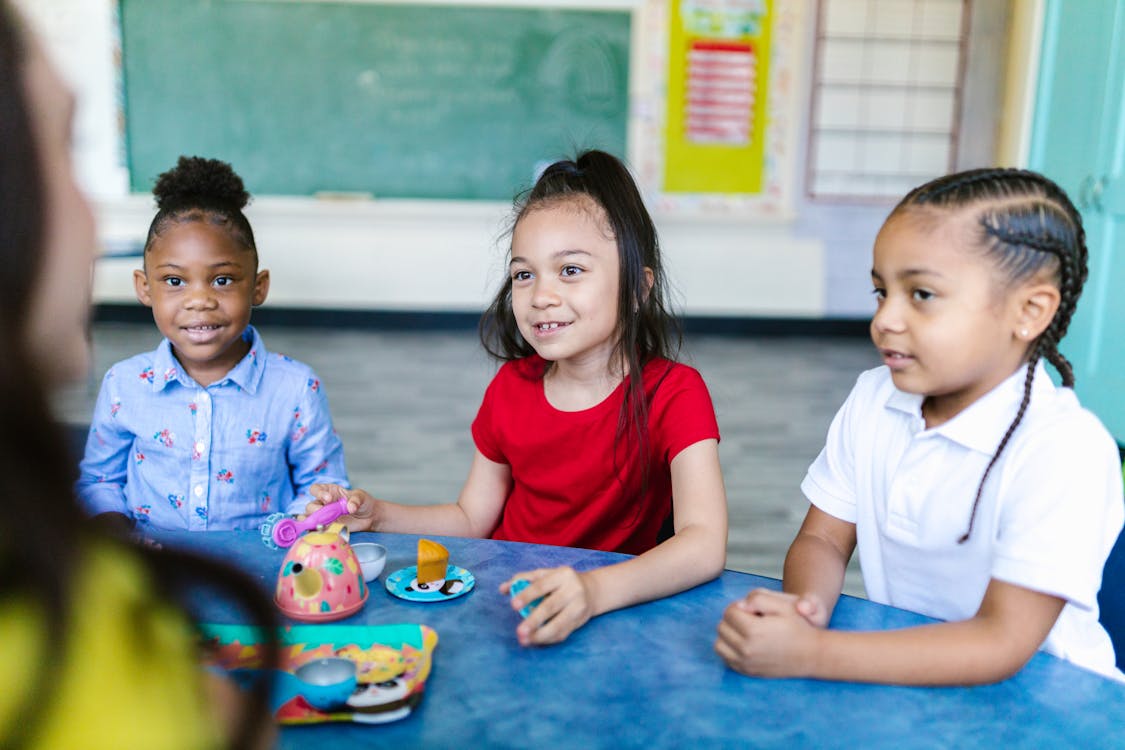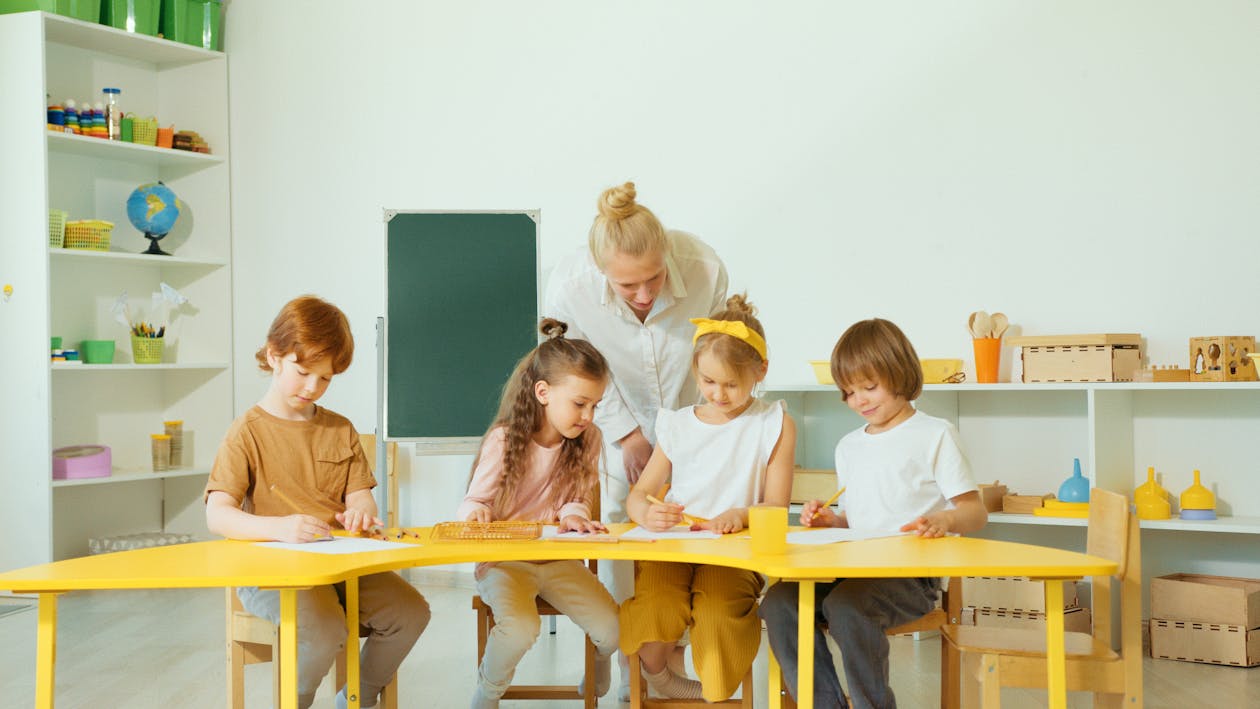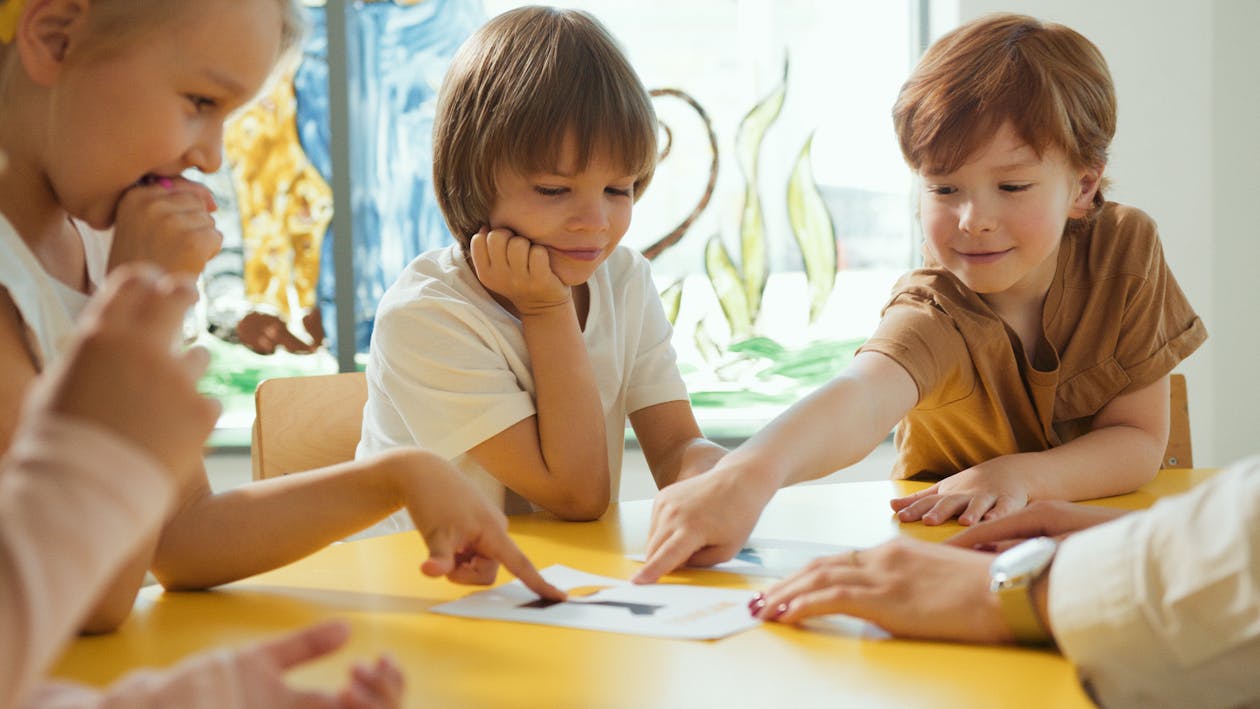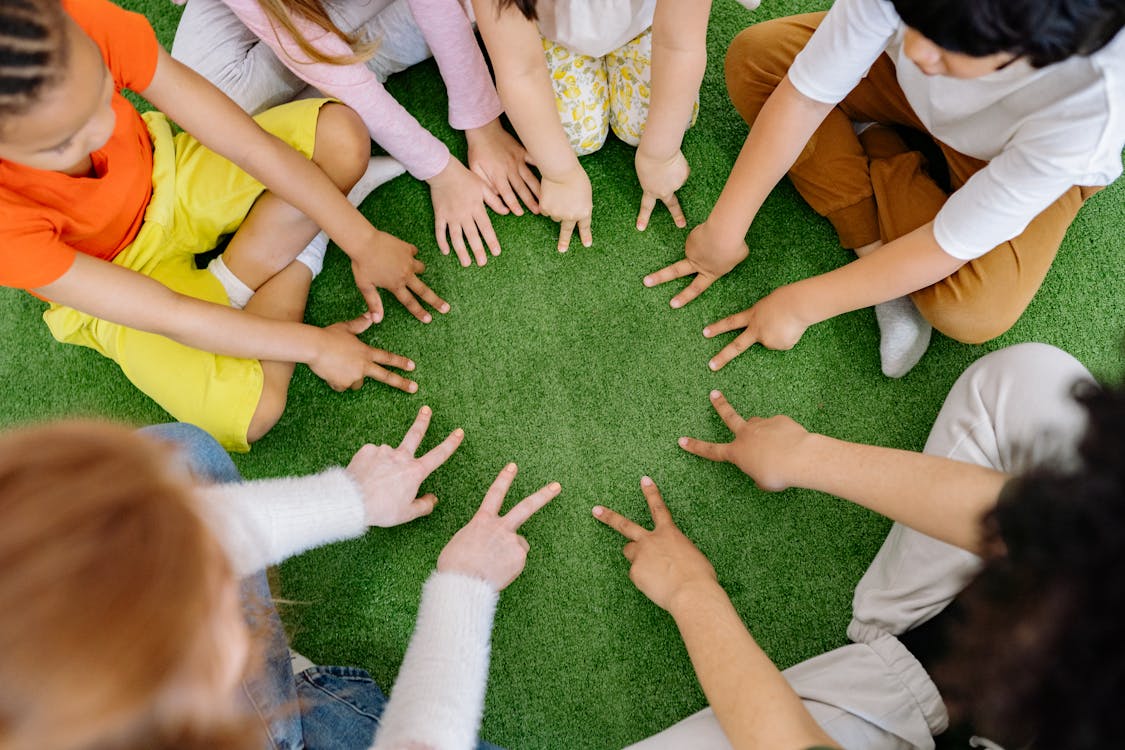What is Cooperative learning?
Cooperative learning is a process or a method in which the students are divided into small groups to finish the task. It works towards a common learning goal with the guidance of the teacher. It helps the students in practically applying the theories and learning when doing it.
Cooperative learning also helps students in building their core skills like communication which are very vital.
How does cooperative learning help your kids?
Cooperative learning uses a few strategies or tips that allow students to learn and apply their knowledge in their daily life. Below given are a few of the strategies that are followed:
Personal Interdependence

In groups, everyone is interconnected in a way. We are all inherently linked to one another and every action or inaction of any one person also has an effect on others nearby. The best way to make sure you have a strong line of positive interdependence within your group is by taking only the right people who will support each other through thick and thin.
No matter what happens, you will always be together as group members working toward the same goal with the same ultimate objective in mind. For this positive interdependence to get established among group members, it’s essential that they spend time with one another beforehand where they do things such as establishing goals and objectives together or simply getting to know one another better.
Individual Accountability

Working in teams can be very beneficial with regard to time management. We find that students are able to socialise and work together on learning materials, but ultimately every individual student is responsible for his or her own learning process. Though they are in a group they have to know that individual performance matters too.
Equal Participation

In pairs or groups work, some students do more or get more out of the activity than other students. Your goal is to make sure everyone participates and has fun! Cooperative learning strategies are now used in many classrooms where the teacher instructs learners to work together on a problem or task and allows them to decide how those teams will work together.
It doesn’t mean that you have to group students by ability – instead, these groups are formed so that every student feels like they are contributing equally to their group’s final answer or project. Also, keep your class size as small as possible for more one-on-one engagement with each student!
Alternative Interactions

These strategies are designed in such a way that both the teacher and the students get their equal share of time to speak and listen. This makes them feel more engaged and less bored.
Following these above strategies on your students can help them grow and learn together with their fellow students. Peer teaching plays an important role in both online and offline learning. It is a process of avoiding doubts and understanding both the student’s and teacher’s point of view which helps in building a strong opinion.


